Many patients with superficial system venous reflux also have deep system venous reflux. The deep venous system is responsible for 90% of the venous flow out of the leg. The superficial system is responsible for the other 10% of venous flow out of the leg. We do not treat the deep venous system for reflux because of the large volume of blood flow through this system. What can be done to prevent or improve deep system venous flow?
Compression
Using compression stockings can provide external pressure to the venous system encouraging blood flow out of the legs. Blood is moved through the veins when the muscles surrounding the veins squeezes and applies pressure to the vein walls forcing the blood to move upward. Compression stockings cannot apply this same amount of pressure as muscles do, but the pressure that is applied by the stocking works in the same manner. We recommend using 20-30 mmHg compression stockings.
Activity
Vein walls are much thinner than arterial walls and do not have the same smooth muscle composition as arteries. Veins are dependent on the muscles surrounding the vein to squeeze and force the venous blood up through the valves. If patients have regular activity then they have more muscle compression on the veins improving venous flow.
Elevation
When compression is not applied to the vein then fluid will always be gravity dependent. If you are standing or sitting the blood in your veins will naturally want to go to the lower leg. The fluid outside of the vein will do the same thing settling in the foot and ankles. By elevating your legs above the level of your heart you will encourage the blood/fluid to return towards the heart and out of the legs.
These three things will not cure vein disease or damaged valves. Damaged valves within the vein are not able to repair themselves, though by applying these principles you may be able to prevent worsening of venous insufficiency of the deep system.


